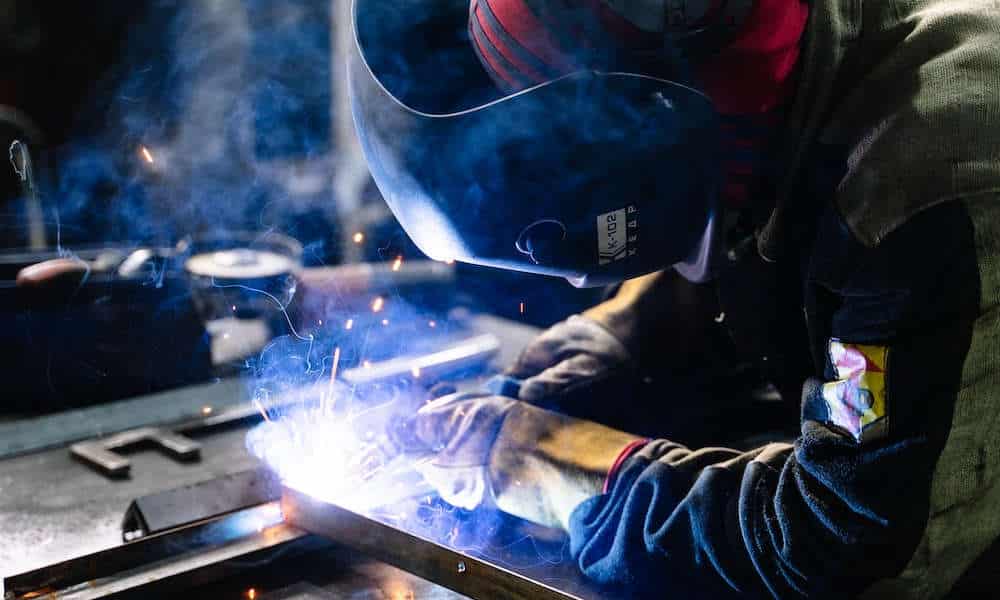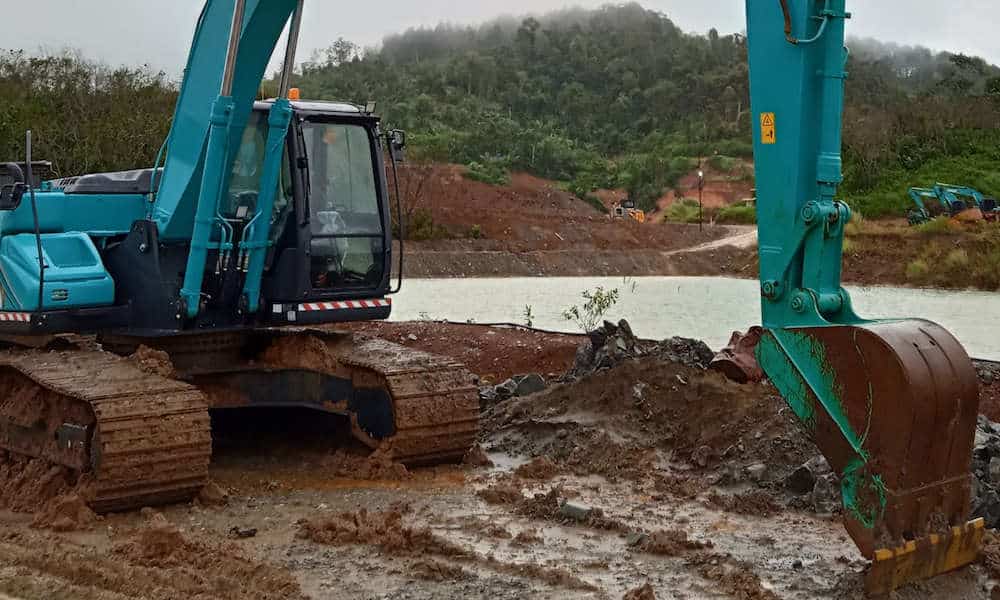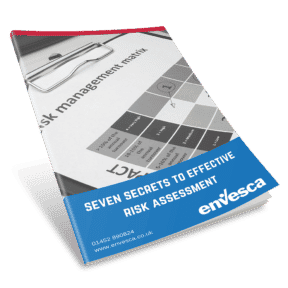Health and safety policies in the workplace are common. Ranging from accident reports to fire risk assessments, their aim is the same – to reduce risk.
However, some industries have tasks that are extra hazardous, and for these, you require individualised plans to ensure all work undertaken carries minimal risk. These plans are known as a permit to work, aka a work permit.
To find out everything you need to know about permits to work and how to go about getting one should you need it, keep reading…
Permit To Work: A Definition
Simply put, a permit to work is a formal document that gives you permission to carry out certain types of work. Usually the work will carry significant risk, whether that be to the people undertaking it, passers-by or the environment.
A permit to work will contain details of the task, including…
- What it involves.
- When and where the work takes place.
- The associated risks.
- Preparations and precautions needed to minimise risk.
Having the permits to work in place ensures that you’re meeting your legal requirements to protect the health and safety of everyone who comes into contact with your business.
Why Is A Permit To Work Necessary?
You might wonder why you need a permit to work when the person carrying out the task has undergone training and is deemed knowledgeable, competent and safe to do so. If you are, you’re not alone in thinking this, but it’s a mistake not to have the proper paperwork in place – one that could cause you and your business considerable losses should the worst happen.
A permit to work is necessary because…
- It clearly defines and sets out the parameters for a task to be carried out safely. Leaving no room for ambiguity, misinterpretation or misinformation. The person knows exactly what they’re supposed to be doing with no if, buts or maybes.
- It identifies risks the person doing the work might not have thought about. For example, they might be trained in using a particular tool, but will they have considered how the cable trailing from A-to-B might be a hazard to others?
- It allows clear communication and expectation between all parties involved in the works, eliminating the whole he-said, she-said, they-said debate. All the person has to do is follow a simple set of instructions to get things right.
- It provides a written record of planning for the works, so that if anything unexpected happens which requires investigation, you have it in black and white to use as evidence that you had the correct plans in place.
What’s Included On A Permit To Work?
Every permit to work should follow a standard format that is easy to read and understand, which includes information vital to completing the task with minimal risk…
- Unique permit number.
- Date/time/location the work will take place (an extension can be authorised if the work isn’t completed in the set timeframe).
- Detailed description of the task (scope of works).
- Risks and hazards identified.
- Precautionary measures to be taken (including any personal protective equipment, ventilation, etc).
- Roles and responsibilities of those involved.
- Details of arrangements in case of emergency.
- Signature of person authorising the task.
- Signature of those accepting the task.
Tasks That Commonly Require A Permit To Work

Hot Work Permit
What’s it for?
To ensure proper initiation, review, approval, and execution of any activity that may create enough heat to start a fire or explosion.
What does it cover?
This type of permit is used for any work involving sparks, flames or radiant heat, such as welding, flame cutting and grinding.
Cold Work Permit
What’s it for?
To control work activities that may not produce sufficient energy to cause a fire or explosion but could contribute to injury.
What does it cover?
This permit is used as a ‘catch-all’ for miscellaneous hazardous work, such as chemical cleaning, solvents, corrosives, resins, painting, heavy lifting or scaffolding.
Electrical Work Permit
What’s it for?
To cover work involving contact with energised electrical conductors, including telecommunications equipment.
What does it cover?
Work may be focused on live electrical equipment or the use of unapproved electrical devices (computers, borescopes, and cellular phones) in a classified area.
Confined Space Permit
What’s it for?
To create controls for entry and investigation into confined spaces, such as trenches, tanks or vessels. Any work beyond entry and investigation typically requires a separate permit.
What does it cover?
The purpose of the Confined Space Entry (CSE) Permit is to ensure…
- Proper preparation of confined spaces/vessels to be entered.
- Safe entry by personnel, including plans for rescue.
- Restoration of confined spaces.
Breaking Containment Permit
What’s it for?
To ensure proper planning and precautions where the potential release of hazardous liquids or gases may occur.
What does it cover?
Breaking containment is a hazardous activity in the oil & gas business, and exacting procedures need to be followed to prevent fatal accidents.

Ground Disturbance Permit
What’s it for?
To ensure proper planning and design of excavation and trenching operations, including entry of personnel.
What does it cover?
Mainly used in the construction industry, this permit is used for digging, trenching and excavating soil or ground.
How Do You Get A Permit To Work?
In reality, anyone deemed competent, qualified and who’s not directly involved in performing the task can issue one.
But for maximum safety and risk avoidance, you should use someone who’s undertaken extensive training, has the correct certification (The Occupational Safety and Health Consultants Register (OSHCR)), and is an expert in the field.
Remember, a permit to work isn’t just a tick box exercise. They could save someone’s life and protect your business from untold damage. The risks are too high for things to be guessed at.
Using a third party to prepare your permit is a great option, as they can stand as your competent person for insurance purposes, accreditation requirements and as a professional representative should things go wrong.
Keep On Top Of Your Compliance
Having the correct permits to work in place is great, but you need a clear and reliable system for managing them.
Paper copies can get lost, stolen or damaged, leaving your business in a risky position.
There is a solution….
Take things online.
Digitising your compliance system will help you store things securely, keep things up-to-date and stay on top of it all. To learn more about how compliance software can help keep everyone safe, click here…
Find this helpful?
Signup to our email notifications to receive alerts when we publish new blogs. We promise not to spam your inbox, you will just get a short snappy intro to Health and Safety articles we think you will love.
"*" indicates required fields

7 Secrets to Risk Assessment
If you’ve got a question or query, please contact our super friendly team, they will be delighted to help you!
Simply get in touch via phone or email.

Free
Resources &
Downloads
Informative. Useful. Practical.
Here at Envesca we believe that we are good at giving proactive, sensible and useful advice. Below you will find some free resources that you can download on a host of subjects that will help you and your business.
Training Available
Envesca offer a number of different training courses, which offer advice and guidance on these topics.






